Simple Outdoor Adventures for Boys {Day 19}: Search for Fossils
How to Search for Fossils…
 Supplies:
Supplies:
- Paint Brush
- Small Shovel
- Butter Knife
- Magnifying Glass
Billions of fossils have been found around the world, and each give us a clue about living things that lived long ago. The word “fossil” comes from a Latin that means “to be dug up”, which is all the more permission to go searching!
Fossils have been preserved by mud, sand, and lava. The best place to look for them are at a beach or a creek bed. Look for rocks that are harder than the surrounding rock. Geodes, hollow and often crystal-filled rocks, are also common to find in these settings.
If you don’t have any luck finding fossils, at least your kid has permission to dig in the dirt! And what boy wouldn’t LOVE that opportunity?
 Helpful Tips/Resources:
Helpful Tips/Resources:
- The Answers Book for Kids Volume 2: 22 Questions on Dinosaurs and the Flood of Noah
- DIY Dinosaur Fossils
- Rocks, Fossils, and Arrowheads (Take Along Guides)
- Make Your Own Fossils with Clay
- Fossil Hunting Sites in the US
* Lots of children’s museum and science museums have mock fossil dig sites that are lots of fun for kids!
* You can wash your fossils or interesting rocks that you might find with warm water and a small amount of dish soap. Scrub with an old toothbrush. Kids love this part of the process as well!
What do your kids enjoy digging for?


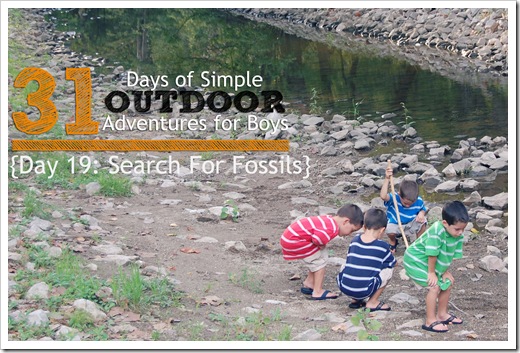

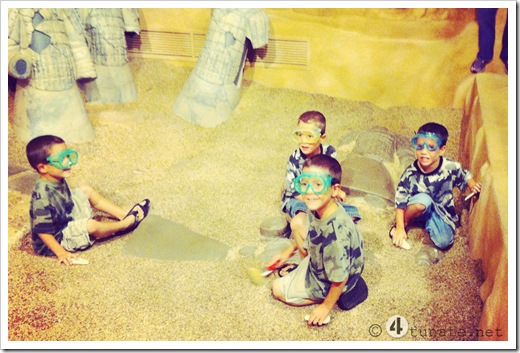






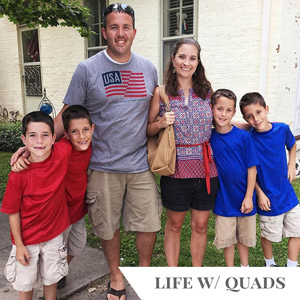

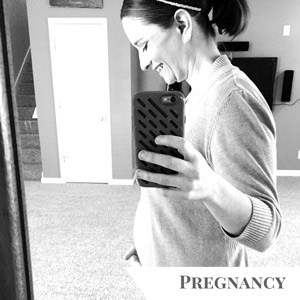
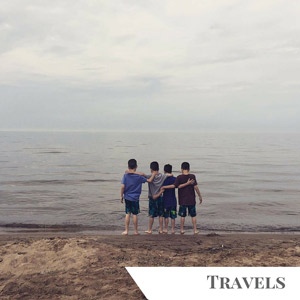











I’ve been loving your “outdoor boy” posts – and as an ex-geologist I was particularly interested in your fossil hunting. A couple of additions – fossils are only usually preserved in mud/shale or limestone. Sandstone is usually fossil free becasue the grains are too large for the preservation process to work well – however it’s not impossible. Fossils are never preserved in lava or other volcanic rocks – the high temperatures invovled in the formation of these rocks would destroy the bones/shells of the creatures. Rarely there are fossils in rocks associated with volcanic activity eg fossiled wood at Yellowstone – however, these are still in sediments, not the actual volcanic rock itself. It’s important to know this so that you can identify the best location to go fossil hunting – it’s sad when children look for fossils in a location where they could never find one. However, these locations might have other “treasures” to be found – like veins of quatz crystals in volcanic/igneous rocks – and the children will have just as much fun looking for these if they know there are no fossils there. Hope this helps 🙂
Super helpful! So glad you shared!!!